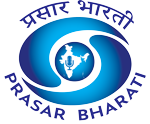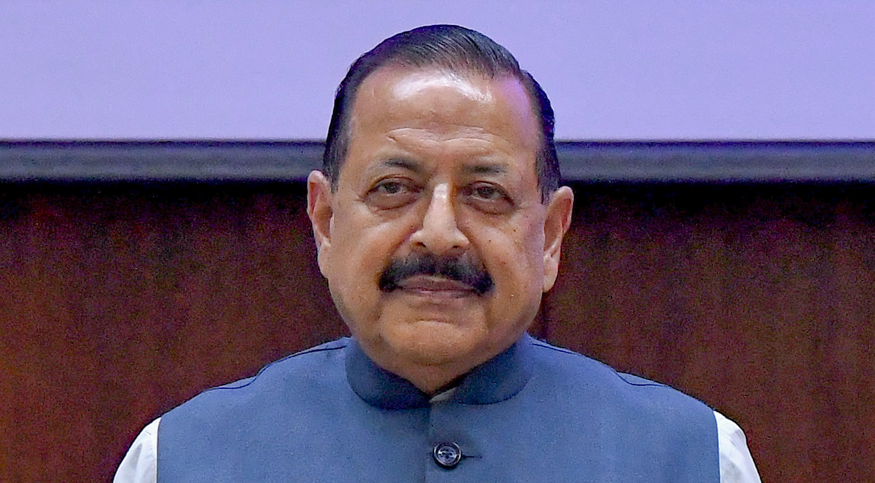India has approximately 7.23 million tonnes of rare earth elements oxide (REO) contained in 13.15 MT monazite (a mineral of Thorium and Rare Earths) occurring in the coastal beach, teri and red sand and inland alluvium in parts of Andhra Pradesh, Odisha, Tamil Nadu, Kerala, West Bengal, Jharkhand, Gujarat and Maharashtra, while another 1.29 MT rare earths are situated in hard rocks in parts of Gujarat and Rajasthan, the Parliament was informed on Wednesday.
The Atomic Minerals Directorate for Exploration and Research (AMD), a constituent unit of Department of Atomic Energy, is carrying out exploration and augmentation of minerals of rare earth group elements along the coastal, inland and riverine placer sands as well as in hard rock terrains in several potential geological domains of the country, said Minister of State Dr Jitendra Singh in a written reply in the Lok Sabha.
Additionally, Geological Survey of India (GSI) has augmented 482.6 MT resources of rare earth elements (REE) ore at various cut-off grades in 34 exploration projects, the minister informed. The quantum of rare earth minerals exported during the last 10 years is 18 tonnes, while there have been no imports of rare earth minerals, he further stated.
The minister also said that the Ministry of External Affairs is actively engaging with relevant stakeholders to alleviate the challenges arising from export restrictions on rare earth magnets imposed by certain countries.
“There have been continued engagements at bilateral and multilateral level to increase cooperation in peaceful uses of nuclear energy, including in rare earth minerals and related technologies. These efforts aim to mitigate disruptions in the supply chain and safeguard the interests of Indian importers,” said the minister.
The Ministry of Mines has entered into bilateral agreements with the governments of a number of countries such as Australia, Argentina, Zambia, Peru, Zimbabwe, Mozambique, Malawi, Cote D’Ivoire and International organisations such as International Energy Agency (IEA), Dr Singh said.
The Ministry is also engaging on various multilateral and bilateral platforms such as Minerals Security Partnership (MSP), the Indo-Pacific Economic Framework (IPEF), and initiative on Critical and Emerging Technologies (iCET) for strengthening the critical minerals value chain, he explained.
He further stated that the Ministry of Mines has set up Khanij Bidesh India Limited (KABIL), a joint Venture company with the objective to identify and acquire overseas mineral assets that hold critical and strategic significance, specifically targeting minerals like Lithium, Cobalt, and others.
KABIL has already signed an Exploration and Development Agreement with CAMYEN, a state-owned enterprise of Catamarca province of Argentina for Exploration and mining of Five Lithium Blocks in Argentina. KABIL is also having regular interactions with Critical Mineral Office in Australia with the primary objective of acquiring critical and strategic mineral assets.
Further, the Ministry has initiated the process of entering into government-to-government (G2G) MoUs with Brazil and Dominican Republic for developing cooperation in the field of rare earth minerals and critical minerals. The broad objectives of these MoUs are to provide an overarching framework for cooperation in research, development and innovation in mining, with a particular focus on REE and critical minerals, the minister pointed out.
(IANS)














